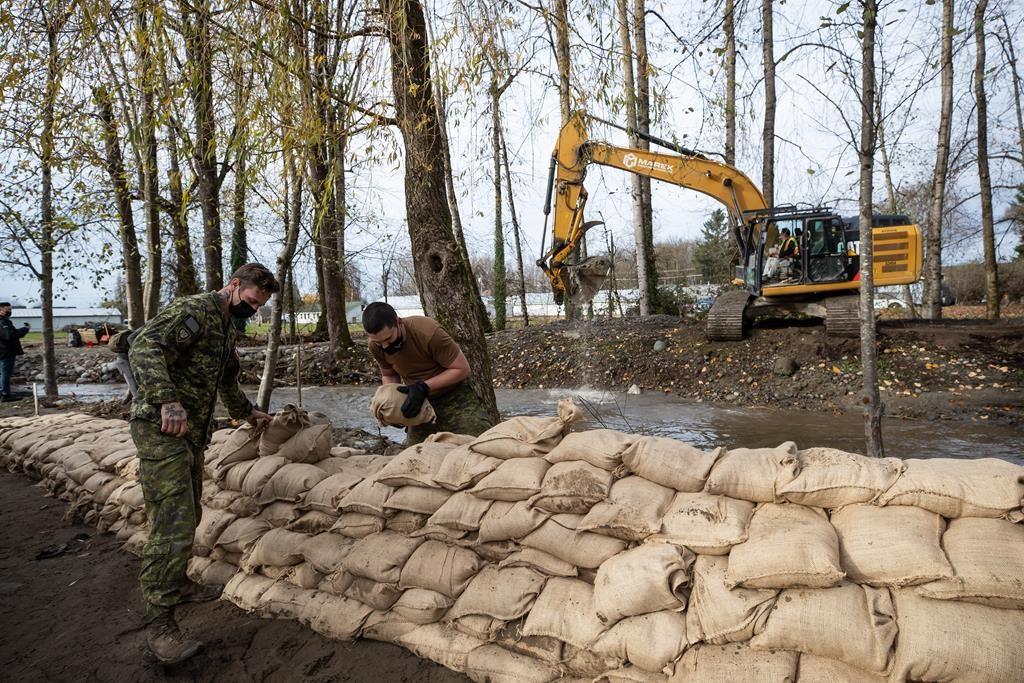Regions of Canada are either bracing for floods or already experiencing flooding as warm weather melts the accumulated winter snow. The Weather Network forecast “warmer-than-normal” temperatures for the week of April 10.
Tyler Hamilton, a meteorologist with the Weather Network, said on April 8 that almost every region in Canada was likely to see the thermometer rise due to a ridge of high pressure, except in Atlantic Canada, where a weather system east of Newfoundland is predicted to lower temperatures.





